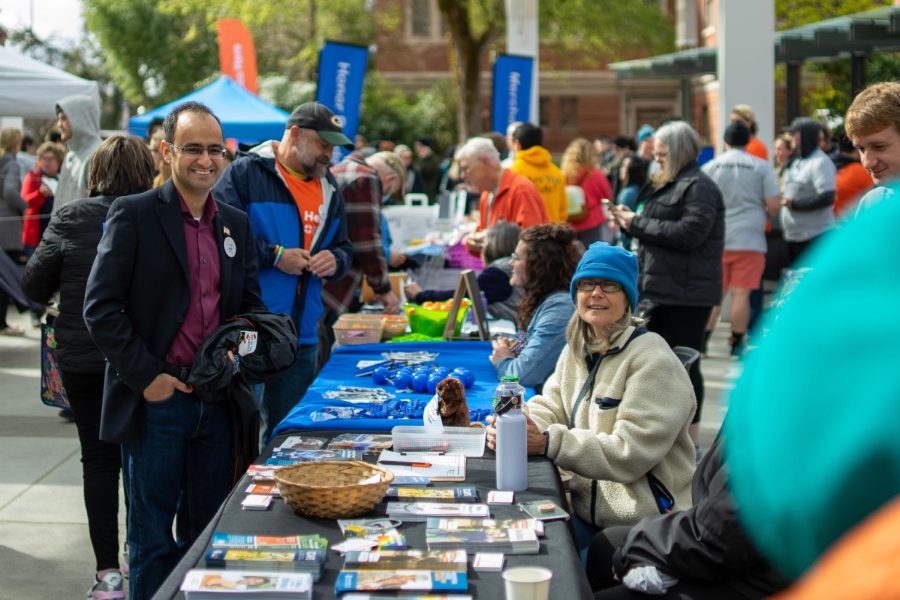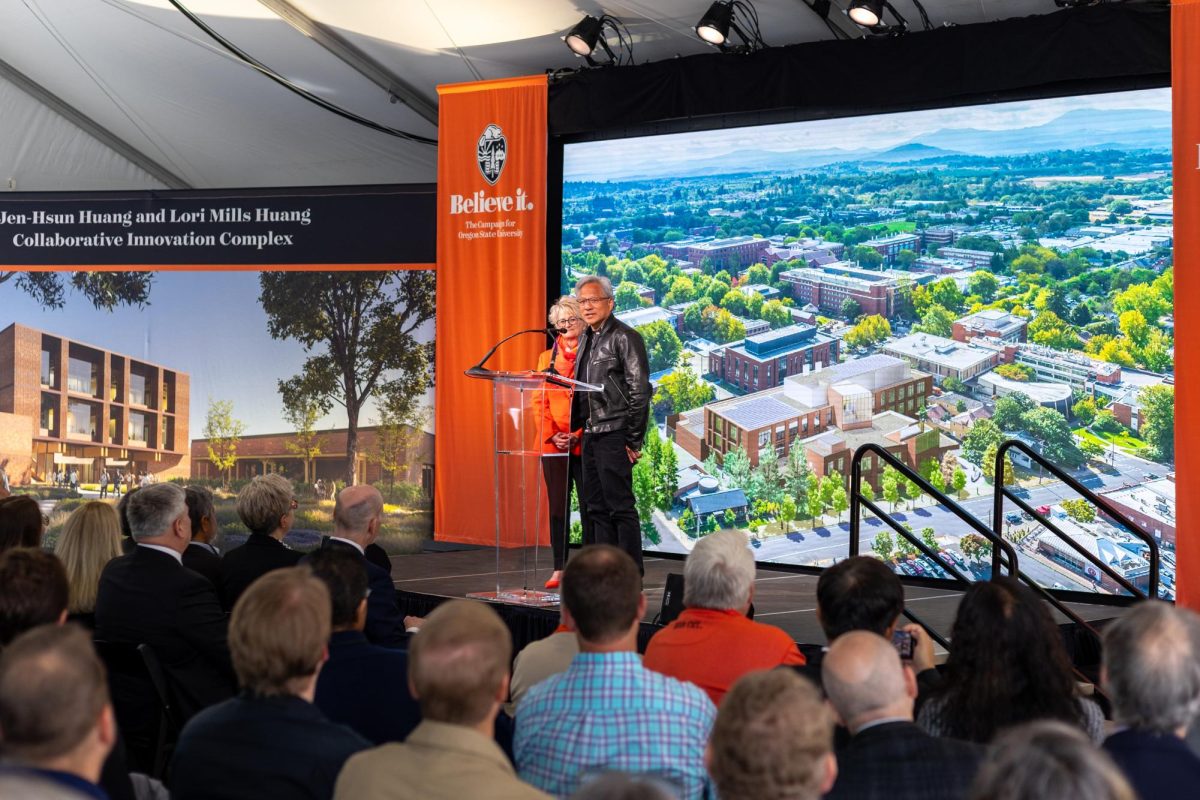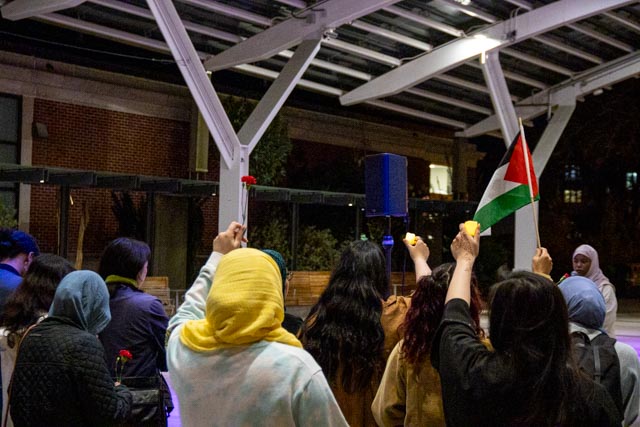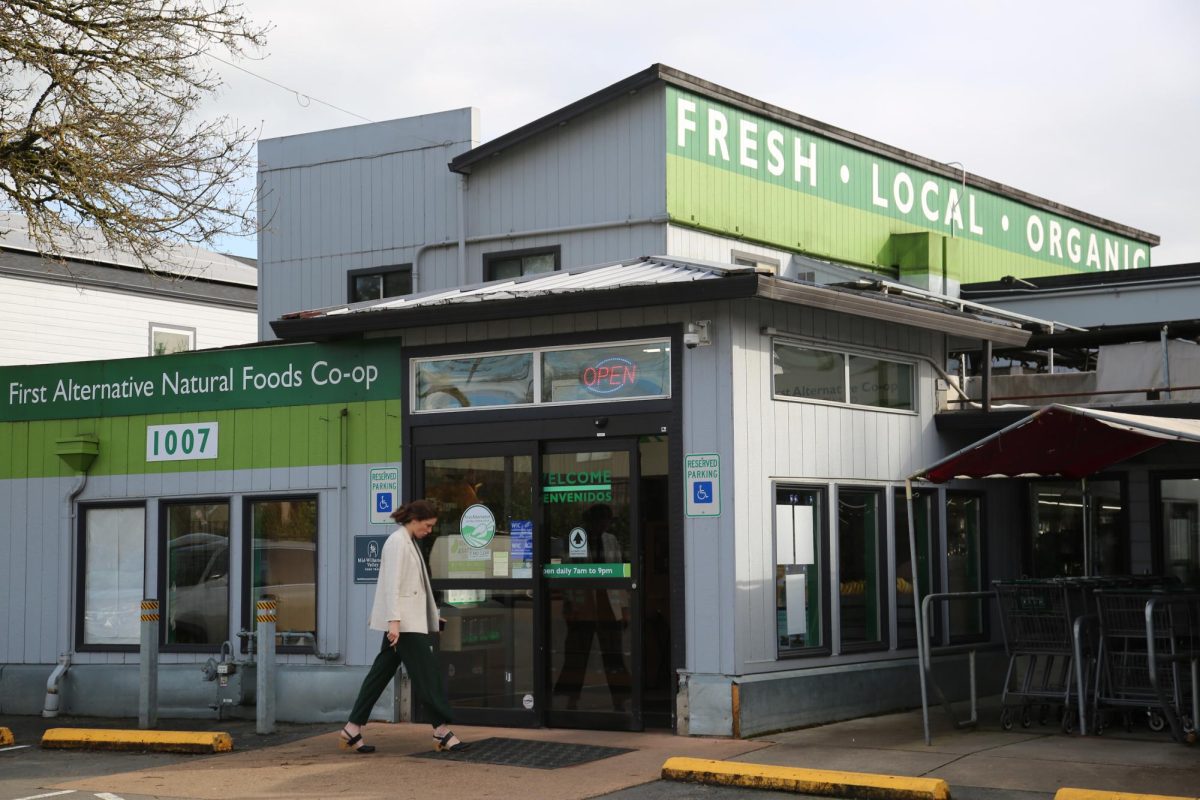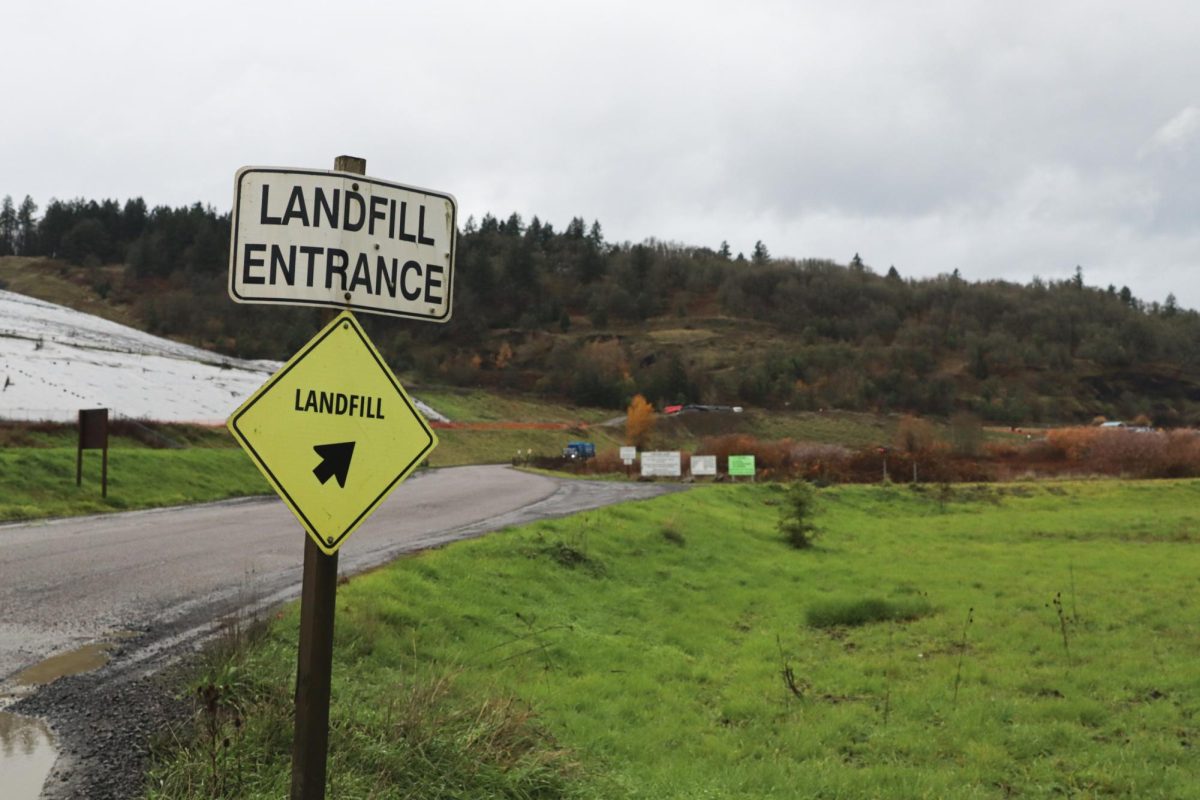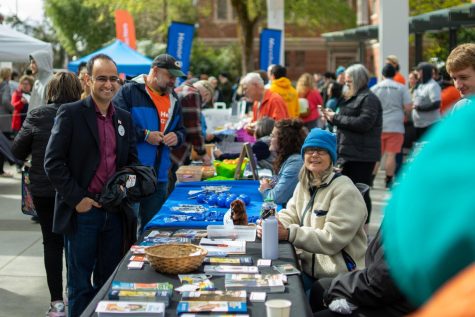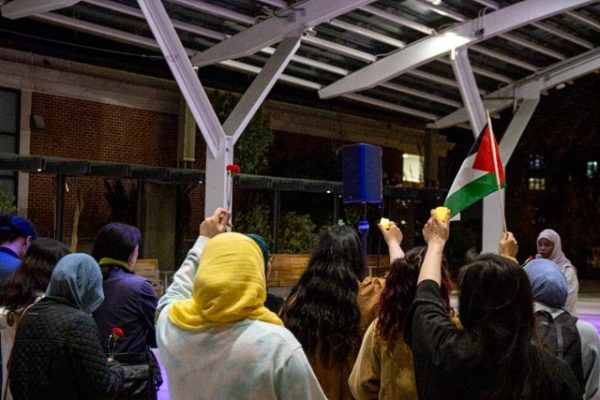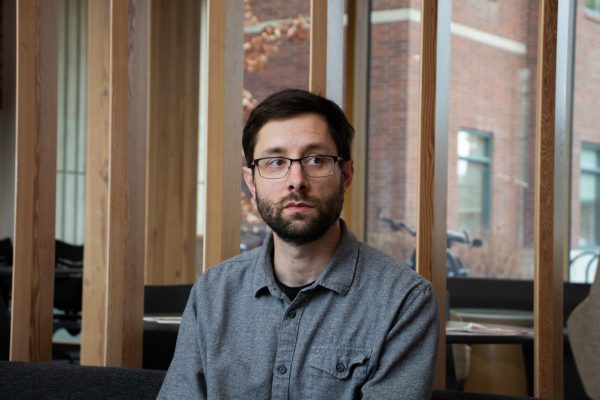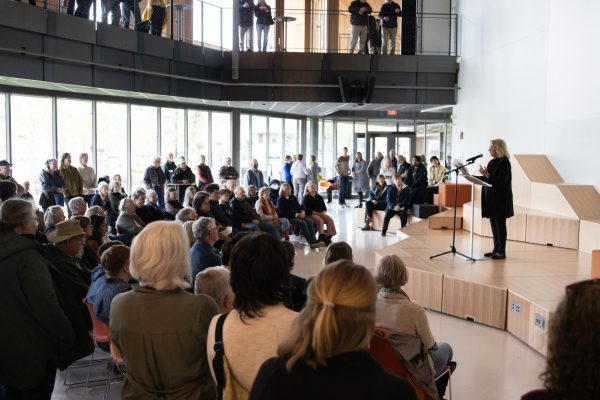OSU provides humanitarian opportunities through Engineering
January 22, 2016
The College of Engineering is one of the only universities in the country to include a new to include a humanitarian engineering program. The school recently expanded to incorporate the program in an attempt to raise the quality of life for people around the world.
Students are offered several different opportunities to become involved and use their engineering skills in a different modem, according to Program Director Kendra Sharp.
“Our program strives to catalyze students and faculty towards positive social impact through the application of science and technology-based approaches to improving access to basic human needs,” Sharp said.
This program seeks to improve the quality of life with a focus on underserved communities in both local and global community,”
“We bring the humanity part into engineering — this program does not replace any of the regular engineering programs but offers a way for students to broaden their experience in a new way,” Sharp said.
Among the first to partake in this program is senior in mechanical engineering, Grace Burleson. The program proved to be different than her previous engineering experiences.
“The humanitarian engineering program is looking to design things with humans in mind,” Burleson said. “A lot of times the things that engineers design are for certain profitable markets only, but this program is examining how humans are interacting with technology and how it impacts their lives.”
Through the humanitarian engineering program, Burleson traveled to Uganda this summer for 9 weeks to research and develop a sustainable business model for the construction, distribution and maintenance of bio-sand filters which aid in water treatment.
Although Burleson did not personally design or distribute water filters, her research will prove to be more beneficial in the future.
“We could have gone to Uganda, built hundreds of filters and given them out. But that’s not sustainable,” Burleson said. “Maybe if that’s what we did, it would have had an immediate impact, but in two years when the filters stop working and we are no longer there the people will be in trouble, which is why we helped them build and invest in the technology themselves.”
This research will bring students at OSU one step closer to making a direct change in the lives of those around the globe, according to Burleson.
“The projects are impactful,” Burleson said. “Hopefully, 5,000 people in this village in Uganda will be drinking fresh water in the next year. [The students in the program] are having an actual impact on the world.”
Burleson’s research changed the lives of several people in Uganda — but her life was changed as well.
“They impacted me more than I impacted them,” Burleson said. “I was shown what I, as an engineer, could do. I always thought that I was going to design a car or a building, but this program is another example that you can do anything with engineering. You can go into global development, or study cultures and how they interact with technologies.”
Although Burleson was one of the first to travel abroad through the humanitarian engineering program, several opportunities for involvement are offered to students on campus, according to Sharp.
“We offer an undergraduate minor, dedicated coursework in humanitarian engineering, science and technology, graduate travel and partial stipend fellowships, research opportunities, capstone design projects and outreach opportunities,” Sharp said.
In addition to course work, students who wish to become involved in the program are encouraged to join the OSU student chapter of Engineers Without Borders, a national organization that partners with developing countries around the world to help them meet their basic needs.
Engineers Without Borders is considered a humanitarian engineering related experience, and can be the gateway for students to become involved, according to Engineers Without Borders Treasurer Julianne Robinson.
“This is a great organization for students from any major to get involved with,” Robinson said. “Although we focus on engineering projects, the problems we work on are interdisciplinary and require input from a variety of fields, including public health, the natural sciences and the humanities.”
The OSU chapter has previously worked in El Salvador and Kenya, and is now involved in an ongoing water project in Los Potrerillos, Nicaragua. Although members are provided with opportunities to travel abroad each year, it is not a requirement.
“Your level of involvement is completely up to you, so depending on your interests and schedule, you can be as involved as you want to be,” Robinson said. “This is a great time to jump in, too, since several of our projects are just getting started.”
Engineers Without Borders is aiding the humanitarian engineering program in providing students with the chance to use their engineering knowledge in a different setting, and have an impact on the world.
“Dr. Maccarty, a professor in mechanical engineering, once said in one of her presentations, ‘90 percent of engineering is for 10 percent of the world.’ Programs like these are doing the exact opposite,” Burleson said. “Through simple design we can better people’s lives.”
“We bring the humanity part into engineering; this program does not replace any of the regular engineering programs but offers a way for students to broaden their experience in a new way,” Sharp said.



